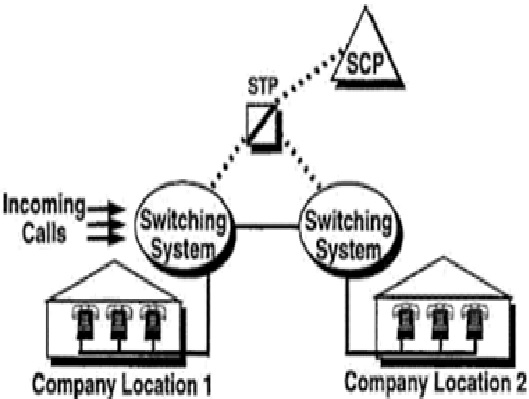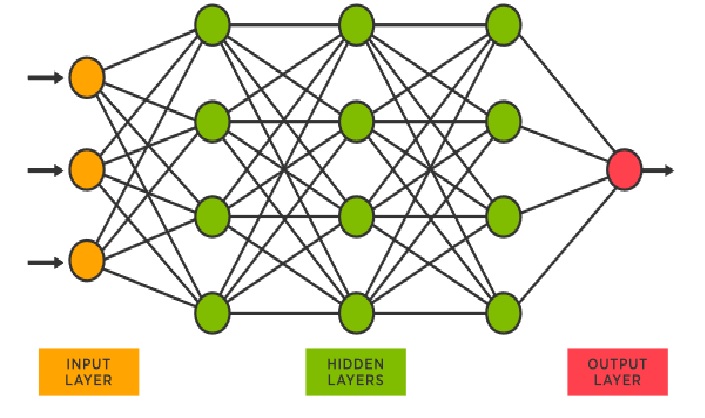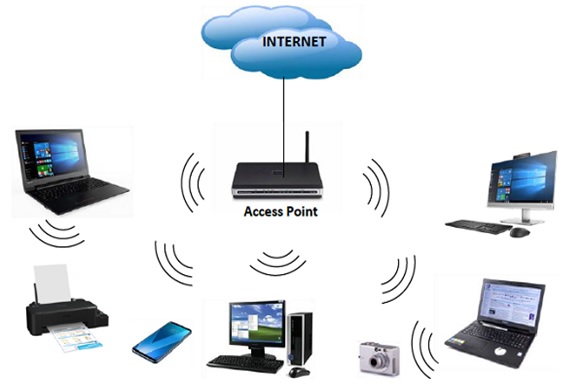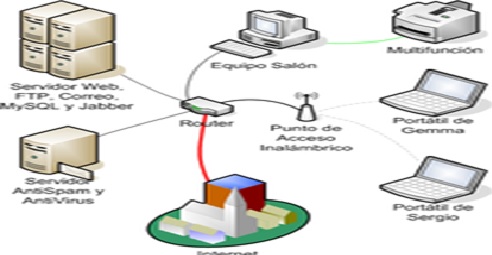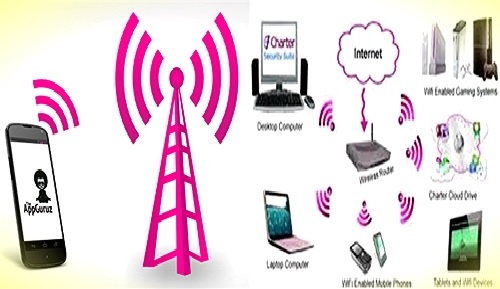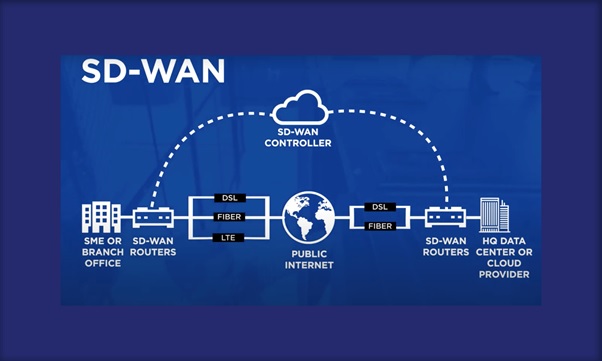Increase Productivity - Hybrid Working Model
The hybrid working model is a work style that enables employees to blend working from different locations: home, on the go, or the office. An effective hybrid work system encourages:[1]
- Autonomy
- Flexibility
- High performance
- Collaboration
- Positive work relationships
- Effective work habits

Figure 1. Hybrid – The value of Hybrid work
A recent survey we conducted with Wakefield Research figure 1 shows that almost half of employees (47%) would likely look for a job if their employer doesn’t adopt a flexible working model. So employees clearly see value in hybrid work. But what attracts them to a hybrid work model? Let’s look at some of the perks of hybrid work for employees and their companies.[5]
“An average of 4.7 times more employees are working from home now compared to before the pandemic. Many IT teams struggled with scaling to cope with the sudden demand.”
This means employees are free to work from anywhere – be it a coffee shop, coworking space, or any other work-conducive environment. This model will ensure employees’ collaboration and high productivity levels. This, however, brings a glaring concern: security breach.[2]
Working hybrid increases productivity
Over the past few months, employees have had to adjust to a new reality; working from home even if they had never done so before, home schooling their children when schools were under lockdown, and working side-by-side with significant others and roommates while being on video calls. This has been a period of change, stress, and uncertainty.
Like employees that were able to work hybrid, employees working exclusively from home also reported high levels of productivity, with 66% reporting being productive or very productive.
Focusing on the employees working onsite only, the data shows that 68% of them did not feel productive working from home during the period that they were forced to. This may be due to the nature of their work, and which is why, following lockdown, they returned to working onsite.[3]
Future of work might be hybrid
A survey in May showed that 55% of US workers want a mixture of home and office working. In the UK, employers expect the proportion of regular home workers to double, from 18% pre-pandemic to 37% post-pandemic. In China, employment expert Alicia Tung has predicted that in 10 years’ time, there will be a 60/40 split of onsite/remote work.
At the moment, companies are managing in varied ways. Some have given employees permission to continue working remotely until at least 2021. Others have recalled staff to the workplace on different schedules and in staggered groups. Still others are leaving it entirely up to individual workers to decide where to base themselves.[4]
References:
- https://www.hibob.com/hr-glossary/hybrid-working-model/
- https://www.real-sec.com/2021/02/6-networking-trends-in-2021-lets-get-braced-for-the-next-normal/
- https://www.hibob.com/guides/hybrid-working-model-advantages/
- https://www.bbc.com/worklife/article/20200824-why-the-future-of-work-might-be-hybrid
- https://envoy.com/blog/what-is-a-hybrid-work-model/
Cite this article:
Thanusri swetha J (2021), Hybrid working model, AnaTechMaz, pp. 12




